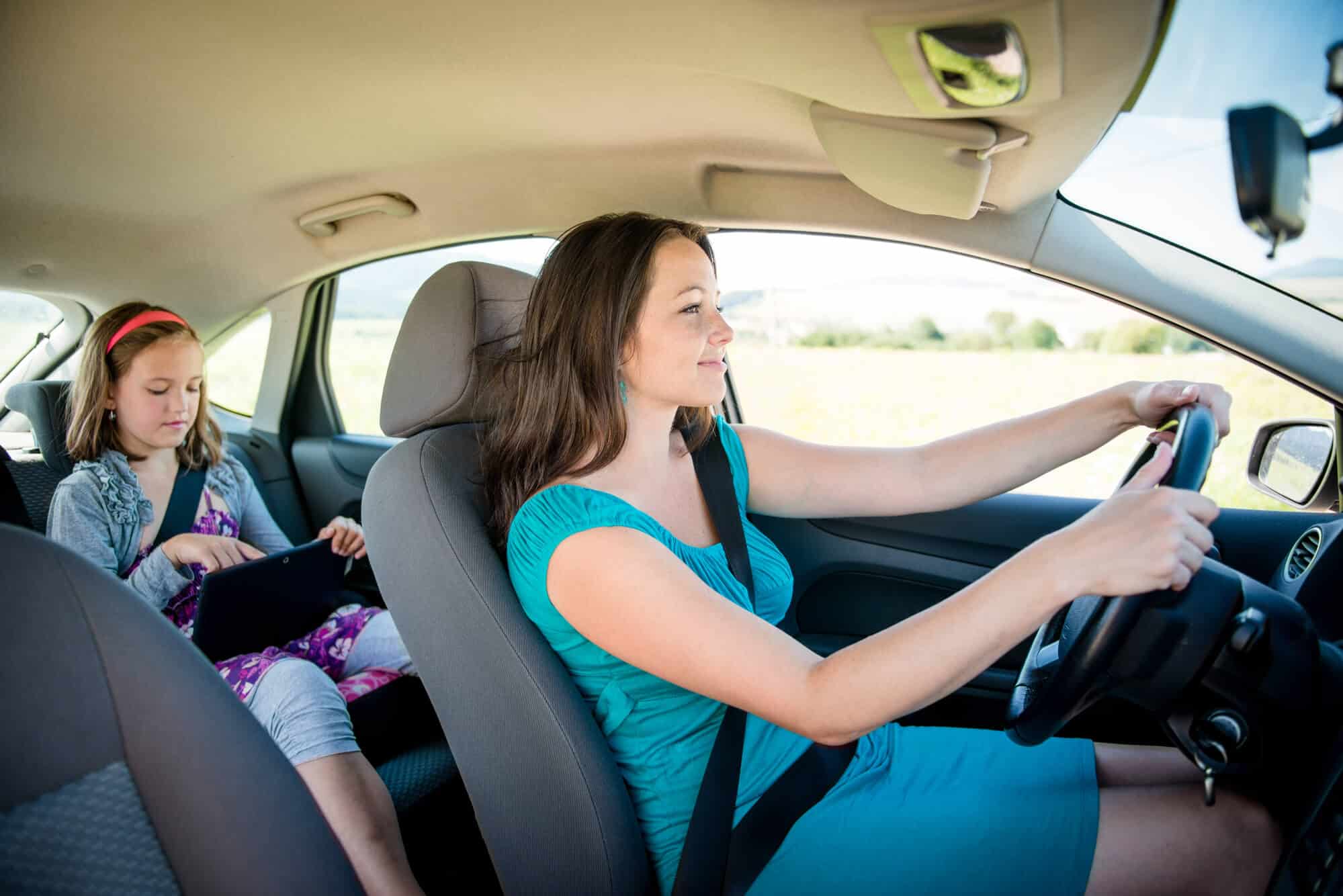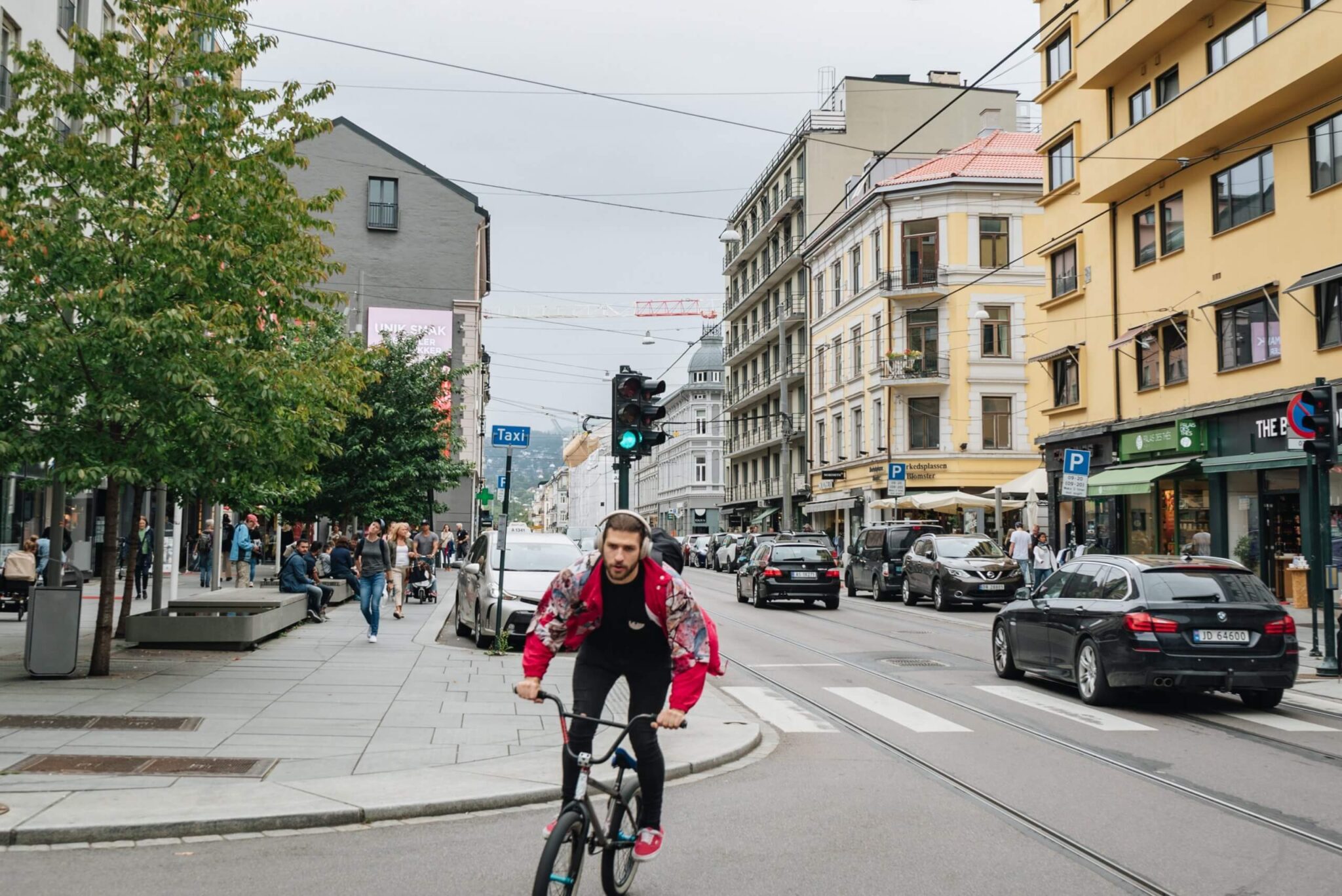When the car is barely making progress on the busy city roads, it is comforting to think to ourselves that at least within its walls we are protected from the urban air pollution. But a new study calls us to actually get out of the vehicles: it turns out that it's quite polluted inside - and even more than outside
By Yonatan Sher, Zveta - news agency for science and the environment

Do you know the feeling of suffocation in a car standing in traffic? A bus that stops outside your open window adds to the atmosphere, and the heat wave leaves you no choice. The mouth opened to shout at all the occupants of the car: "Close the windows, you can't breathe!" As cool air begins to flow from the ventilation system, you relax and watch with pity the pedestrians walking through the polluted air. But is the air we breathe in the car, from the air conditioner or just from the interior of the car, really cleaner than the one inhaled by those who walk or ride bicycles around us?
New British research shows that the concentrations of two particularly dangerous air pollutants are higher inside the vehicle than outside it. Also in Israel should we all sell the car, and buy sports shoes and a helmet?
On the way to work they check for pollutants
The processes of burning fossil fuels that occur in most non-electric means of transportation result in the creation of various pollutants, including: nitrogen dioxide (NO2), ozone at ground level (O3) and fine respirable particles up to 2.5 micrometers in size (PM2.5). The study focused on these three types of pollutants, which hundreds of studies have proven the connection between exposure to them and Morbidity of various types, such as breathing problems, impaired immune system function and stroke risk.
The study was conducted in the city of Leicester in central England, and compared the exposure to the three types of air pollution while driving a car with the exposure to them while walking and riding a bicycle. The researchers tested four different possible routes, all of which end at the city hall building in the center of the city (where all the participants worked). In two of the routes the researchers compared pedestrians and car passengers, and in two others between cyclists and car passengers. While the starting and ending points were the same for the participants in each route, the travel routes were determined in advance by the Google Maps application, and the pedestrians and cyclists were free to choose their preferred route - whether along roads, through public parks or using special bicycle lanes. The measuring device checked every 10 seconds the concentration of pollutants in the air to which the participant was exposed, and a total of 132 journeys were recorded. According to the researchers, the air pollution caused by the use of means of transportation within cities tends to reach its peak during the commute to work in the mornings, and therefore the study was conducted during these hours.
Just go! (or his car)
According to the researchers, the general public perception is that pedestrians and cyclists are more exposed to air pollution. Therefore, the results of the study were surprising: the researchers found that the average concentrations of nitrogen dioxide and ozone were higher for car passengers than for pedestrians or cyclists; This, despite the fact that the vehicle's ventilation system operated on the circulation of the air inside the vehicle and did not introduce air from the outside. In the case of ozone, for example, it is an increase of up to 69 percent of the concentration to which the cyclists were exposed, and of up to 80 percent of the concentration to which the pedestrians were exposed. That is, two of the three pollutants tested in the study were found in a higher average concentration inside the vehicle than outside it.
Average concentration of the third pollutant tested, PM2.5, was lower for car passengers. How is the difference between the first two pollutants and the third explained? Well, air filters that are installed in the ventilation system in most cars are designed to reduce particulate air pollution (like PM2.5) that is injected into the vehicle from the outside, but they do not treat the pollution of gases such as nitrogen dioxide and ozone. Because of this, pollutant gases like these enter the car and accumulate there as the journey lasts, when the car is not ventilated (that is, when the windows are closed). In contrast, pedestrians and cyclists are exposed to varying levels of air pollution, depending on winds, their proximity to moving vehicles and the type of space in which they walk or ride.
In addition, the cars used by the subjects are electric and do not release particulate pollution themselves as a result of burning fuels. Therefore, the researchers claim that it is possible that in non-electric cars the particle pollution inside the passenger compartment will be higher than that to which pedestrians or cyclists are exposed.
The problem: sitting

However, the study revealed that although pedestrians and cyclists are exposed to a lower concentration in the air of the dangerous pollutants NO2 and ozone - they inhaled a greater amount of each. The explanation for the situation described lies in the duration of the exposure: the car journey was shorter, and therefore the participants who used to work actually inhaled a smaller amount of the same pollutants. In addition, pedestrians and cyclists perform physical activity and therefore inhale more air per unit of time compared to a passenger sitting in a car.
Why then do the researchers still state that, from a health point of view, it is better to walk or ride a bicycle than to drive a car on the way to work? "Studies show that it is usually better to do sports even if you are exposed to air pollutants, than not to do sports at all," explains Dr. Zohar Barnet-Yitzhaki, head of the chair for environmental and social sustainability and a faculty member in the Faculty of Engineering at the Rupin Academic Center.
Although Brent-Yitzchaki Previously published an article who called for an air pollution threshold to be set at which sports events in Israel would be canceled, both he and the researchers in the new study agree that as long as it is not particularly unusual air pollution (which is far from the values measured in the study) - the health benefits of physical activity outweigh its harm caused by polluting factors. "Recently, in the world of research, there is a lot of talk about the problem of 'sedentary'", testifies Brent-Yitzhaky, and explains. "Humans are not meant for prolonged sitting, which is problematic from a health point of view. If it is possible to avoid sitting at home, then in the car, then in the office - it is better to do it."
In addition to the health benefit of walking or cycling to work, reducing the use of vehicles that burn fossil fuels will benefit the health of the entire public by reducing general air pollution, and will not add to the greenhouse gases that are released into the air and exacerbate the climate crisis. "The less we drive in cars, the less fuel we will burn and the cleaner the air will be," says Brent-Yitzchaki.
If you have been convinced to give up the car on your way to work, Brent-Yitzchaki has an important tip regarding choosing the route. "It is better to stay away from roads, which are the source of pollution, and get as close as possible to vegetation, which absorbs pollutants and contributes to the cleanliness of the air", he concludes. "According to what emerges from the research, the recommendation is unequivocal: walk or ride a bicycle." And there is also advice for those who choose to stay in the car: open a window every now and then (and not when you're driving behind a diesel truck spewing smoke).
More of the topic in Hayadan:More of the topic in Hayadan:
